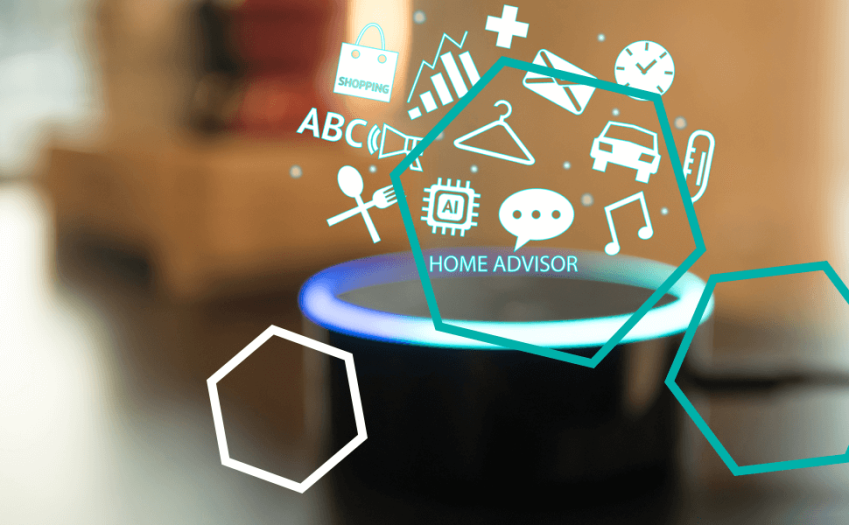It’s a well-established conference – now in its fifth year – and its focus on practical UX always provides a fresh perspective on the challenges of end-to-end service design.

I’m looking forward to the UX Scotland event that’s being held from 7th-9th June at the impressive Dynamic Earth venue in Edinburgh.
The impact of AI on customer experience design
One of the areas that I’ll be focusing on in my session on Thursday is the impact of AI on customer experience design. If AI keeps accelerating as predicted, what will be the impact on both the design process and the customer journey?

Creating a user experience has traditionally seen a lot of focus on design, with data collection and analysis often representing only a small part of the process. With AI now going mainstream, that model may well be turned upside down. At UX Scotland we’ll be asking ‘what will be the role of the designer if machines can now learn and adapt autonomously?’.
I certainly suspect that the AI-powered customer journey will see a lot more emphasis on analysis and optimisation. However, ultimate success in terms of how we harness the power of AI to deliver an improved experience for customers will still depend on how we design interactions and end-to-end journeys.
Five areas that designers now need to consider
Design factors to consider here include the role of AI in helping to personalise the experience for customers and anticipate their needs. We should consider how Virtual Personal Assistants are changing the way we interact with products and services, as well as how Voice is quickly becoming the natural interface for many interactions. I think we’re also going to see new design experiences resulting from the kind of personal data generated from IoT and wearables, and designers also now need to understand and leverage big data insights from these sources and techniques such as speech and text analytics.
UX designers will also need to think long and hard about what happens to the customer experience when it gets diluted by third party factors. At the recent Opus Research Intelligent Assistants Conference, for example, there was a lot of discussion about the role of metabots – Intelligent Assistants such as Amazon’s Alexa, that increasingly offer ‘skills’ that provide access to a company’s service.
Considering the role of metabots
While clearly adding the convenience of voice access via Alexa, designers also need to consider a metabot’s impact on their overall customer experience. Do we really think Amazon is going to worry too much about your brand experience? Or do you think they’ll be content just to harvest your data as it passes through the Alexa channel? As designers, we can’t ignore these questions.
I’m certainly looking forward to discussing these challenges at UX Scotland. If you’re attending, why not come along to my case study session at 1.30pm on Thursday and we can carry on the conversation.